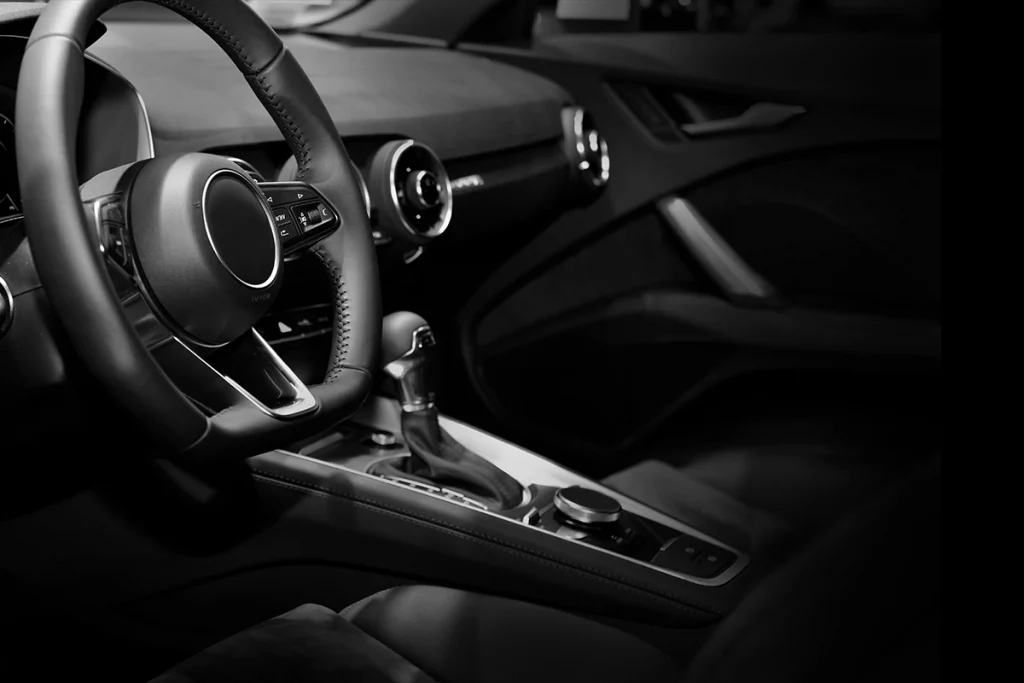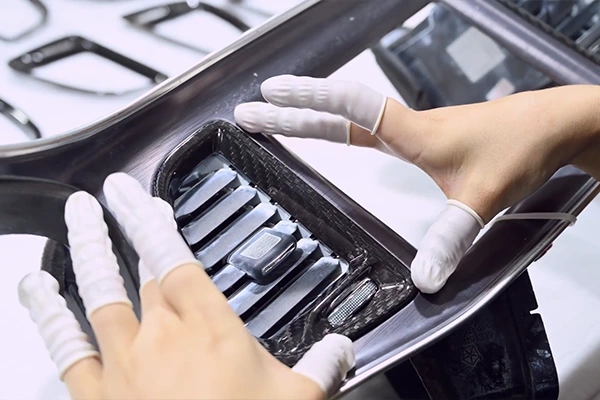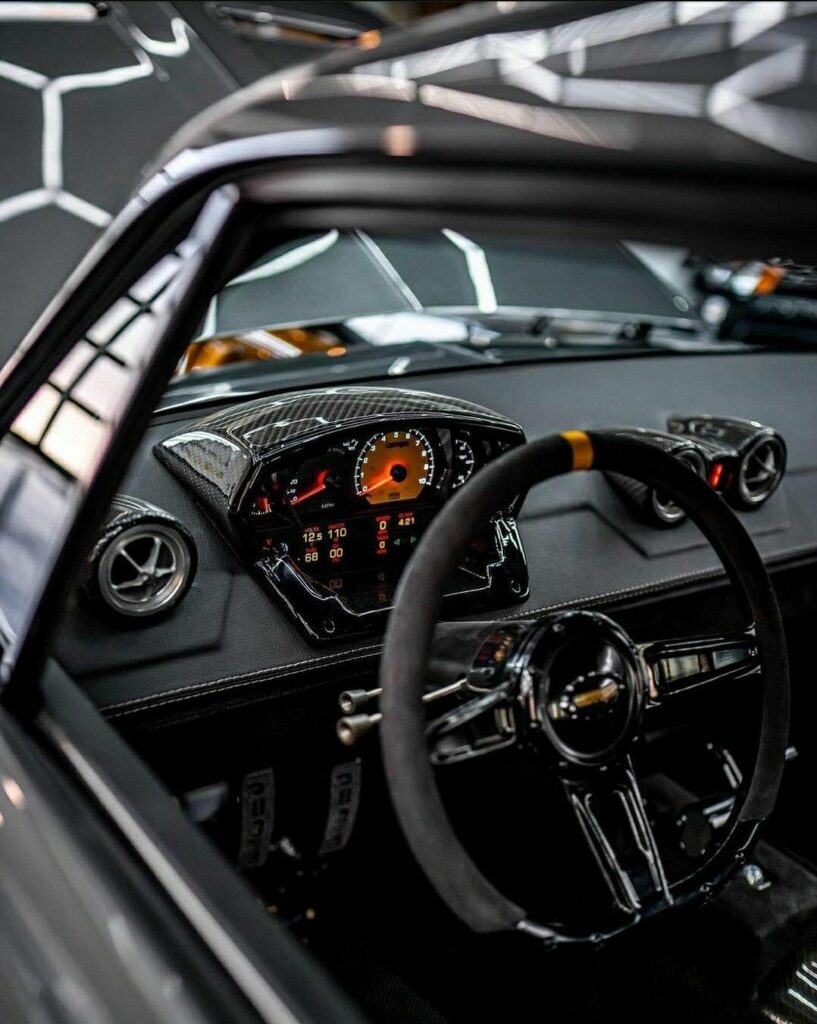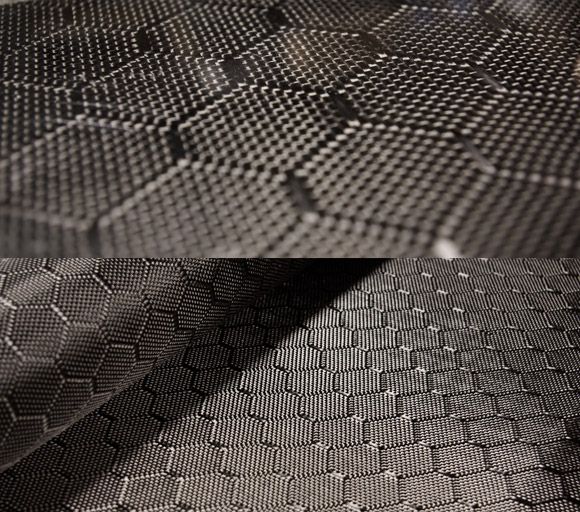
source: pinterest
Carbon fiber has become one of the primary materials used in modern motorsports, both in professional racing and in the automotive aftermarket. This lightweight and strong composite material is increasingly used in everything from body panels to seats, steering wheels, and even pedals.
In this blog post, we’ll explore the history of carbon fiber in motorsports, the advantages of using carbon fiber car parts, and the different ways that carbon fiber is used in racing cars. So sit back and let’s dive into the world of carbon fiber and motorsports.
The History of Carbon Fiber in Motorsports

source: pinterest
Carbon fiber’s use in motorsports dates back to the 1960s, when it began to be explored as a material for aerospace applications. In the 1970s, Formula One teams began experimenting with carbon fiber composites for car components, such as brake discs and monocoques.
By the 1980s, carbon fiber had become the dominant material for monocoques in Formula One. This allowed cars to be lighter and stronger, which resulted in faster lap times and an increase in driver safety. The material’s reputation was further solidified in 1987 when Ayrton Senna won the Monaco Grand Prix in a car with a carbon fiber monocoque.
Since then, carbon fiber has become ubiquitous in motorsports, with nearly all high-end racing cars and their components being manufactured from the material. Its application and significance have transcended just the professional level and are now being used increasingly in the aftermarket. Carbon fiber has played a significant role in making motorsports both faster and safer over the past few decades, and its use is only set to grow in the years to come.
Advantages of Carbon Fiber Parts in Motorsports

source: pinterest
Carbon fiber car parts offer a number of significant advantages for motorsports, including weight reduction, durability and strength, and improved aerodynamic performance. Let’s explore each of these advantages in more detail:
A. Weight Reduction
Carbon fiber is incredibly lightweight, which makes it an ideal material for race cars. By replacing heavier metal parts with carbon fiber, race car designers can significantly reduce the overall weight of the car. This, in turn, can improve acceleration, braking, and overall performance on the track.
- Importance for Race Cars
Weight reduction is especially important in motorsports, where even a small reduction in weight can make a big difference in lap times. This is because reducing the weight of the car reduces the amount of energy needed to propel it, which can result in faster acceleration and higher top speeds.
- Benefits on the Racetrack
Weight reduction not only improves acceleration and top speed, but it also affects handling. With less weight, the car can corner more quickly and more precisely, providing a significant advantage on the racetrack.
B. Durability and Strength
Carbon fiber is known for its exceptional durability and strength. This makes it an ideal material for cars that are subjected to the extreme forces and stresses of motorsports.
- Protection in Collisions
In the unfortunate event of a collision, the strength and resilience of carbon fiber car parts can help protect the driver and others from harm. Carbon fiber’s ability to withstand impacts can also help prevent damage to other parts of the car, which could be costly and time-consuming to repair or replace.
- Resistance to Wear and Tear
With its exceptional durability, carbon fiber car parts are resistant to the wear and tear that comes with regular use. This means that they can last longer than traditional parts, reducing the need for replacements and resulting in cost savings over time.
C. Aerodynamic Performance
Another advantage of carbon fiber car parts is their ability to improve aerodynamic performance. With their low weight and advanced design, carbon fiber parts can help reduce wind resistance and improve overall handling on the racetrack.
- Improved Speed and Handling
By reducing wind resistance and improving handling, carbon fiber car parts can help improve speed and performance on the racetrack. This can be especially important in races where every second counts.
- Impact of Carbon Fiber Car Exterior
Carbon fiber car exterior parts, such as body panels, hoods, and rear wings, can have a significant impact on the car’s aerodynamic performance. By using these lightweight, low-drag parts, race car designers can optimize their car’s performance and gain an edge over the competition.
Use of Carbon Fiber Parts in Racing Cars

source: pinterest
Carbon fiber car parts can be found in a variety of areas in racing cars, both on the car exterior and in the car interior. Let’s take a closer look at the different ways carbon fiber is used in racing cars:
A. Carbon Fiber Car Exterior
Carbon fiber car exterior parts are designed to optimize the car’s aerodynamic performance and reduce weight. Here are some of the commonly used carbon fiber parts on the exterior of racing cars:
- Body Panels
Carbon fiber body panels are a popular choice for race cars, as they can be made to the exact specifications needed for performance. Body panels made from carbon fiber typically weigh much less than traditional metal panels, providing a significant weight reduction for the car.
- Rear Wings and Diffusers
Rear wings and diffusers made from carbon fiber are designed to optimize the car’s aerodynamic performance by reducing drag and increasing downforce. These parts are commonly used in high-performance cars, including those used in professional racing.
- Hoods and Fenders
Carbon fiber hoods and fenders offer a number of advantages over traditional metal hoods and fenders. They are lightweight, strong, and can be designed to optimize the car’s aerodynamics. They are also resistant to damage from road debris, which is important in racing environments.
B. Carbon Fiber Car Interior
Carbon fiber car interior parts are designed to provide the driver with a lightweight, high-performance driving experience. Here are some of the commonly used carbon fiber parts inside racing cars:
- Seats, Steering Wheels, and Pedals
Carbon fiber seats, steering wheels, and pedals can provide a significant weight reduction for the driver, as well as improved handling and precision. These parts are designed to fit perfectly in the racing cockpit, providing the driver with an ergonomic and comfortable driving experience.
- Dashboards and Center Consoles
Carbon fiber dashboards and center consoles offer a sleek and stylish appearance, as well as significant weight reduction. These parts are also more resilient to wear and tear than traditional parts, making them ideal for high-performance racing environments.
- Door Panels and Trim
Carbon fiber door panels and interior trim can provide a significant weight reduction for the car, as well as improved aerodynamics and performance. These parts are also resistant to the effects of heat and moisture, making them ideal for racing environments.
Conclusion
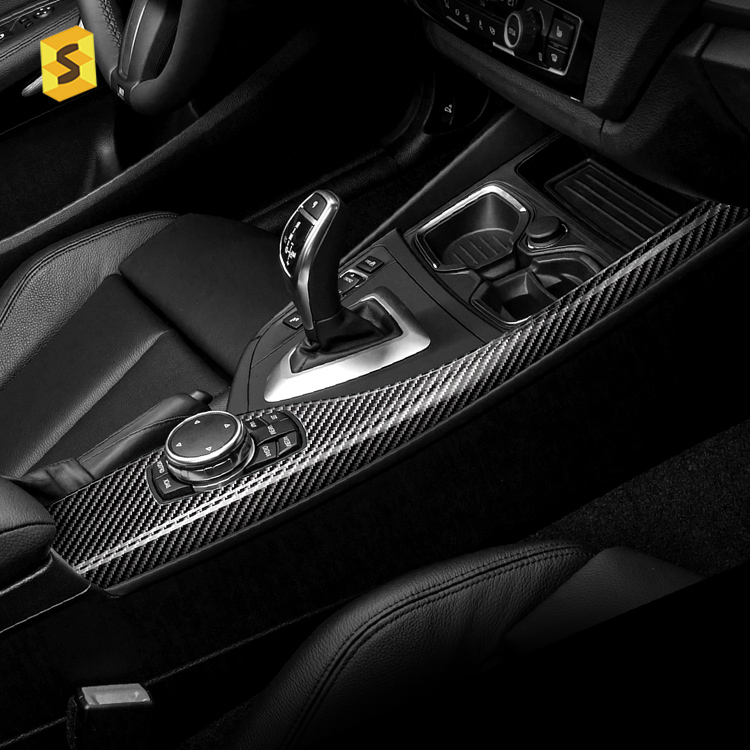
In conclusion, carbon fiber parts have revolutionized the world of motorsports, providing race teams and car enthusiasts with a lightweight, strong, and high-performance option for their vehicles. This advanced material has proven its worth time and time again on the racetrack, providing drivers with an edge over the competition.
Looking forward, we can expect carbon fiber to continue to play a significant role in motorsports as well as in the automotive industry as a whole. With its exceptional performance capabilities, it’s no surprise that more and more car manufacturers and aftermarket suppliers are turning to carbon fiber car parts to enhance their products.
If you haven’t already explored the world of carbon fiber car parts, now is the time to do so. So go ahead, do some research, and consider integrating carbon fiber parts into your own personal vehicle. You won’t be disappointed!



